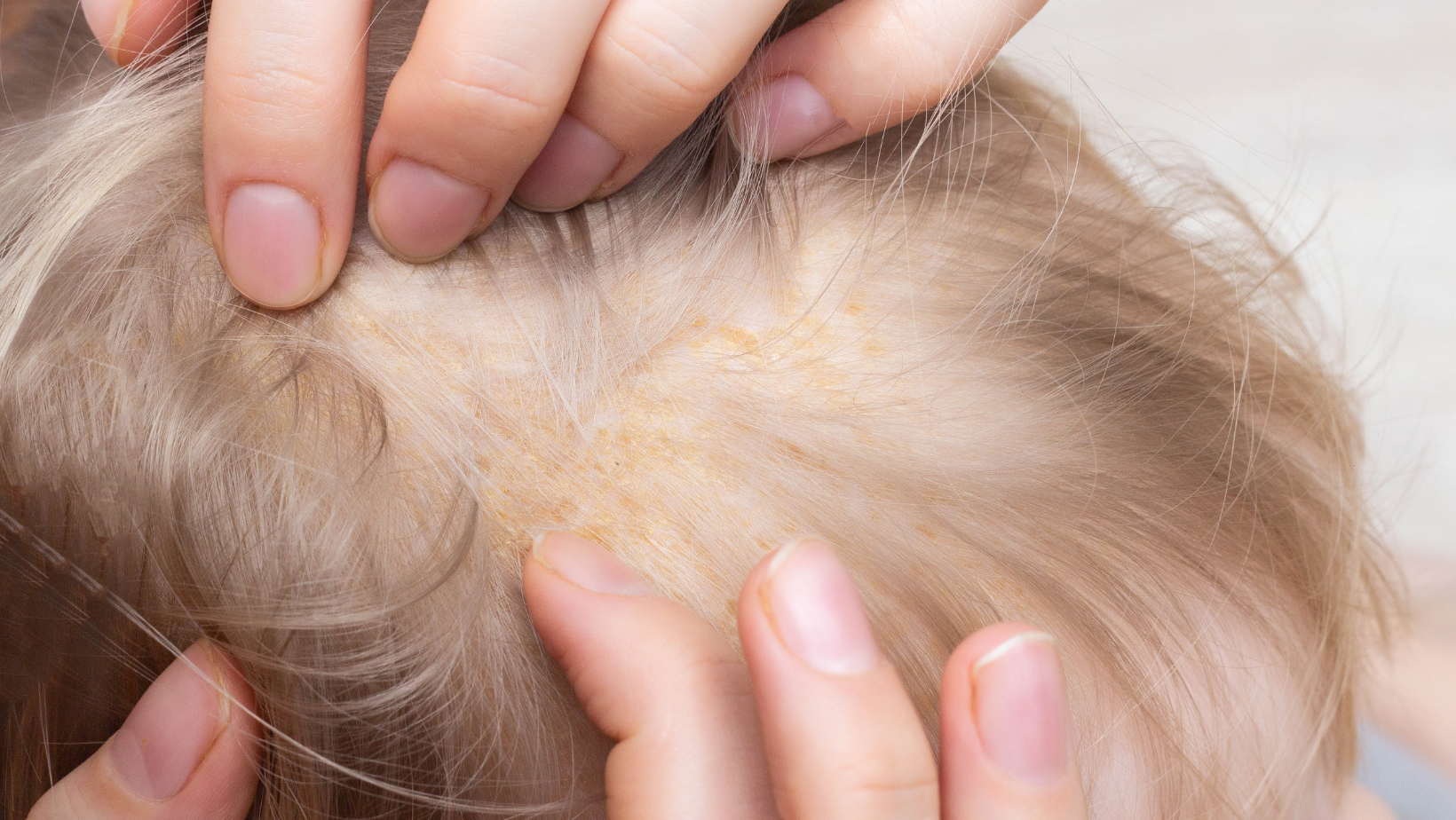Category
Seborrheic dermatitis is a common and chronic skin condition primarily affecting areas rich in oil glands, such as the scalp, face, and chest.

Have any questions?
If you have any questions, feel free to contact us at [email protected]. A member of our support team will help you shortly.
Share this blog
Fatigue
Energy
Stress
Sleep
Seborrheic dermatitis is a common and chronic skin condition primarily affecting areas rich in oil glands, such as the scalp, face, and chest. While it is not harmful, the symptoms can be uncomfortable and, at times, challenging to manage. This article aims to comprehensively understand seborrheic dermatitis, its underlying causes, common symptoms, and effective management strategies.
The most widely accepted cause of seborrheic dermatitis is an overgrowth of a yeast called Malassezia on the skin. This yeast is naturally present on the skin but can multiply rapidly, leading to inflammation and the characteristic symptoms of seborrheic dermatitis.
Individuals with a family history of seborrheic dermatitis may be genetically predisposed to developing the condition. Genetics play a role in determining how the immune system responds to the presence of Malassezia yeast.
Seborrheic dermatitis often occurs in areas with a high density of oil glands. When these glands produce excessive amounts of oil, it creates an ideal environment for the overgrowth of Malassezia and contributes to developing seborrheic dermatitis.
An abnormal immune system response to the presence of Malassezia can trigger inflammation and skin reactions, leading to seborrheic dermatitis.
Affected areas typically display redness and inflammation. The skin may appear irritated and feel warm to the touch.
Seborrheic dermatitis often presents with flaky or scaly skin. These flakes, known as scales, can be yellowish or white.
Itching is a common symptom of seborrheic dermatitis. The urge to scratch the affected areas can lead to further irritation.
When seborrheic dermatitis affects the scalp, it often manifests as stubborn dandruff. The flakes may be more noticeable on dark clothing.
Areas affected by seborrheic dermatitis may have an oily or greasy appearance due to the overproduction of oil by the skin glands.
Over-the-counter or prescription-strength antifungal creams, lotions, or shampoos containing ingredients like ketoconazole, selenium sulfide, or zinc pyrithione can help control the growth of Malassezia and reduce inflammation.
Topical corticosteroids can effectively reduce inflammation and itching associated with seborrheic dermatitis. However, prolonged use should be avoided due to potential side effects.
Shampoos containing antifungal agents or tar-based ingredients can be beneficial for managing seborrheic dermatitis on the scalp. Regular use helps control symptoms.
Gentle cleansing with a mild, fragrance-free soap and regular moisturizing can help maintain skin health. Harsh soaps and strong skincare products may exacerbate symptoms.
Identify and avoid factors that may trigger or worsen seborrheic dermatitis, such as stress, harsh weather conditions, or certain skincare products.
In some cases, exposure to natural sunlight or artificial ultraviolet (UV) light under medical supervision may help improve seborrheic dermatitis symptoms.
A dermatologist may prescribe oral medications, such as antifungal pills or immunomodulators, to manage symptoms in severe cases.
Seborrheic dermatitis is a chronic condition that requires ongoing management. While it may not be entirely curable, effective treatments and lifestyle adjustments can significantly reduce symptoms and improve the quality of life for individuals affected by this skin condition. Seeking advice from a healthcare professional or dermatologist is crucial for a personalized treatment plan tailored to the severity of symptoms and the specific areas affected by seborrheic dermatitis.